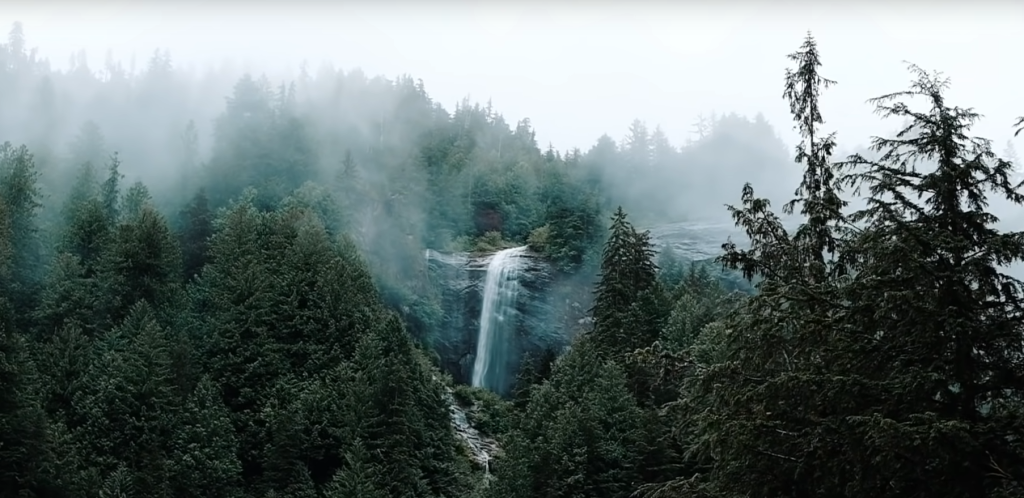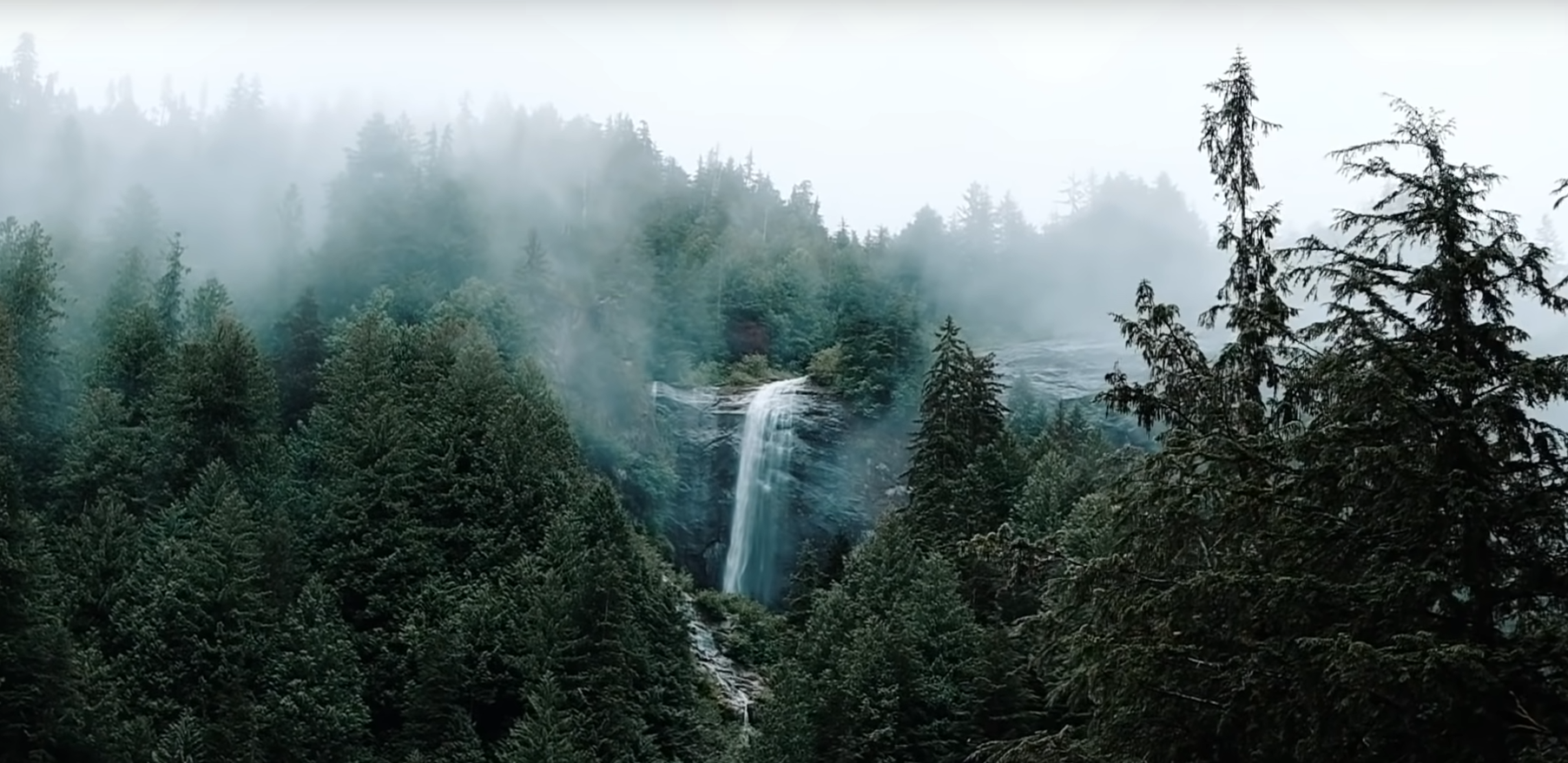When is the Worst Time to Visit Alaska? – [All You Need to Know]
Overall, the worst time to visit Alaska is during the winter months. Not only is the weather extremely cold, but there are also fewer daylight hours and many tourist attractions are closed. If you absolutely must visit during this time, be sure to pack plenty of warm clothes and be prepared for some potentially hazardous conditions.
Alaska is a vast and varied state, and while there’s no single “worst” time to visit, there are definitely some things to consider before you make the trip. You must think about the weather when planning your Alaska vacation.
What’s the weather like in Alaska? The weather in Alaska can be notoriously unpredictable, so it’s important to be prepared for anything.
In general, the temperatures are cool in the summer and cold in the winter, but you can experience all four seasons in a single day. Be sure to pack appropriate clothing for the conditions.
Of course, these are just a few things to consider before you travel to Alaska. For more information on planning your trip, check out our Alaska Travel Guide.

What are the busiest months in Alaska?
Is there a certain time of year that is busier than others in Alaska? You bet there is! Here are the busiest months in Alaska, according to travel experts.
Alaska is a land of extremes. While the state is known for its cold winters, it can actually be quite mild in the summer – even hot in some parts. But no matter what the season, there’s always something to do in Alaska. When it comes to the busiest months of the year, that’s certainly true.
May, June, and July are typically the busiest months in the Last Frontier. That’s when the weather is warmest and the days are the longest. During the summer, the sun never sets in some parts of the state. That’s when the Midnight Sun Marathon is held in Fairbanks, and when the sun shines 24 hours a day in Barrow.
It’s also when most of the state’s visitors come to experience Alaska’s natural wonders. This is because many people come to see beautiful landscapes and wildlife.
Many people come to Alaska to take advantage of the great fishing, hunting, and camping opportunities that are available during these months. It’s the time when visitors can take advantage of all Alaska has to offer, from its many outdoor activities to its unique cultural experiences.
Another busy time is during the fall (September and October) when the leaves are changing color and the animals are preparing for winter. But no matter when you visit, Alaska will offer an unforgettable experience. Many people come to Alaska to see the amazing fall colors.
November and December are the slowest months in Alaska. This is because the weather is getting colder and the days are getting shorter. However, many people still come to Alaska to take advantage of the great skiing, snowboarding, and other winter activities.
If you’re planning a trip to Alaska, be sure to check out our list of the state’s busiest months so you can make the most of your time there.
What is the off-season in Alaska?
The off-season in Alaska is a period of time when the state is not as busy with tourists. This is typically from mid-September to mid-May. The weather is still cold during this time, but there are fewer visitors and many businesses are closed.
Some people may still come to Alaska to enjoy the winter activities, but the numbers are much smaller than in the summer. It’s the time in Alaska, when the state’s major industries – fishing, forestry, and tourism – are in their slowest period.
During the off-season, many businesses close or scale back their operations. This can lead to closures and layoffs, so it’s important to research any businesses you’re planning on visiting before you go. This can be a great time to get deals on travel, lodging, and activities as the prices for lodging and activities are typically lower than during the peak summer season.
But it’s also important to be prepared for the challenges of off-season travel. The weather can be unpredictable, and there are fewer services and amenities available.
Here are some things to keep in mind if you’re planning a trip to Alaska during the off-season.
- The weather is the biggest factor to consider when traveling to Alaska during the off-season. The state is known for its extreme conditions, and the weather can change rapidly. Be sure to pack appropriate clothing and gear for the conditions.
- Many businesses close or reduce their hours during the off-season. This includes hotels, restaurants, tour operators, and other businesses that cater to tourists. It’s important to do your research in advance to find out what’s open and what’s not.
- There are fewer flights and ferry schedules during the off-season. This can make travel to and from Alaska more difficult and expensive. Plan your trip well in advance, and be flexible with your travel dates.
- The off-season can be a great time to get deals on travel, lodging, and activities. But it’s important to be prepared for the challenges of off-season travel. With a little planning, you can have a great trip to Alaska during the shoulder season.
What is the best time of year to go to Alaska?
The best time of year to visit Alaska is in the summer. The days are longer, the weather is milder, and there are more things to do.
If you’re looking for a quieter, more intimate experience, consider visiting in the spring or fall. The weather is still pleasant and there are fewer crowds.
While there is no bad time to visit this amazing state, there is definitely the best time – and that’s during the summer.
Why summer? For starters, the weather is much more pleasant. While temperatures can still dip below zero at night in some parts of the state, the days are typically warmer and the sun shines for longer.
This makes for perfect conditions for exploring all that Alaska has to offer, whether you’re hiking, biking, kayaking, or just taking a scenic drive.
The longer days also mean that you’ll have more time to enjoy the Midnight Sun – a natural phenomenon that occurs north of the Arctic Circle from May to July. During this time, the sun never sets, providing you with 24 hours of daylight to experience everything Alaska has to offer.
During the summer season, the state’s iconic animals are most active, so you’ll have a better chance of seeing things like bears, moose, and caribou.
What is the rainy season in Key West?
The rainy season typically runs from late May through early September. During this time, the average rainfall in Alaska is around 20 inches. That may not sound like much, but when you consider that the state is nearly twice the size of Texas, it’s a lot of rain!
The rainiest part of Alaska is the panhandle, which sees an average of 30 inches of rain during the rainy season.
Southeast Alaska is the second rainiest region, with an average of 17 inches. The reason Alaska is so wet during the summer is because of the jet stream. This is a river of air that flows from west to east across the state.
It’s full of moisture from the Pacific Ocean, and as it hits the mountains, that moisture is forced upward, creating rain. The jet stream usually starts to weaken in late August or early September, and that’s when the rains begin to taper off. By the time October rolls around, the state is typically back to its drier, colder self.
So, the rainy season in Alaska generally runs from late May through mid-September. This is when the state experiences the majority of its precipitation, thanks to warmer temperatures and increased humidity.
The rains help to green up the landscape and bring relief from the long, cold winter.
How many days do you need in Key West?
This is a tough question to answer because there is so much to see and do in Alaska. If you want to see everything the state has to offer, you could easily spend weeks or even months here.
However, if you only have a limited amount of time, you can still see a lot of Alaska in just a few days.
So, how many days do you need in Alaska? Well, that all depends on what you want to do and see while you’re here. If you’re the type of person who likes to get out and explore, then you’ll need at least a week to really experience all that Alaska has to offer.
But if you’re more interested in taking things slow and enjoying the scenery, then a few days in Alaska will suffice.
What are the popular places to visit in Alaska?
If you’re planning a trip to Alaska, you may be wondering what the best places to visit are. While there are many great places to see in Alaska, here are some of the most popular destinations that you won’t want to miss.
1. Denali National Park
Denali National Park is one of the most popular places to visit in Alaska. Located in the heart of the state, this national park is home to Mount McKinley, the tallest mountain in North America.
With its incredible views and hiking trails, Denali is a must-see for anyone visiting Alaska.
2. Anchorage Anchorage
It is the largest city in Alaska and is a great place to base yourself for exploring all that the state has to offer. With its museums, restaurants, and shopping, Anchorage is a great place to spend a few days.
And, if you’re looking for some adventure, you can head out of the city to go hiking, biking, or even dog sledding.
3. Fairbanks Fairbanks
This is another popular destination in Alaska. This city is located in the interior of the state and is home to the University of Alaska. Fairbanks is also a great place to view the aurora borealis or Northern Lights.
4. Juneau
Juneau is the capital of Alaska and is located in the southeastern part of the state. With its glaciers, mountains, and rainforests, Juneau is a beautiful place to visit.
There are also many great museums and tours to take in Juneau, making it a great place to learn about the history and culture of Alaska.
5. Kenai Fjords National Park
Kenai Fjords National Park is another must-see destination in Alaska. This national park is located in south-central Alaska and is home to some of the most stunning glaciers in the state. With its boat tours and hikes, Kenai Fjords is a great place to explore the beauty of Alaska’s coastline.
These are just a few of the many great places to visit in Alaska. With its stunning scenery and abundance of activities, Alaska is a great place to visit for any type of vacation.
Conclusion
In conclusion, the worst time to visit Alaska is during the winter months. The freezing temperatures with snow all around can be unbearable. Distant walks on snow can cause frostbite which is never a good sign. If you must visit during the winner, be sure to bring survival gear.
If you don’t have proper winter survival gear then we would recommend you visit Alaska during summer. This way you can save yourself from the troubles of the worst time.
I’m James Brad, the founder of Travare. I’m a traveler and lover of all things travel. I started Travare because I wanted to share my passion for travel with the world.


